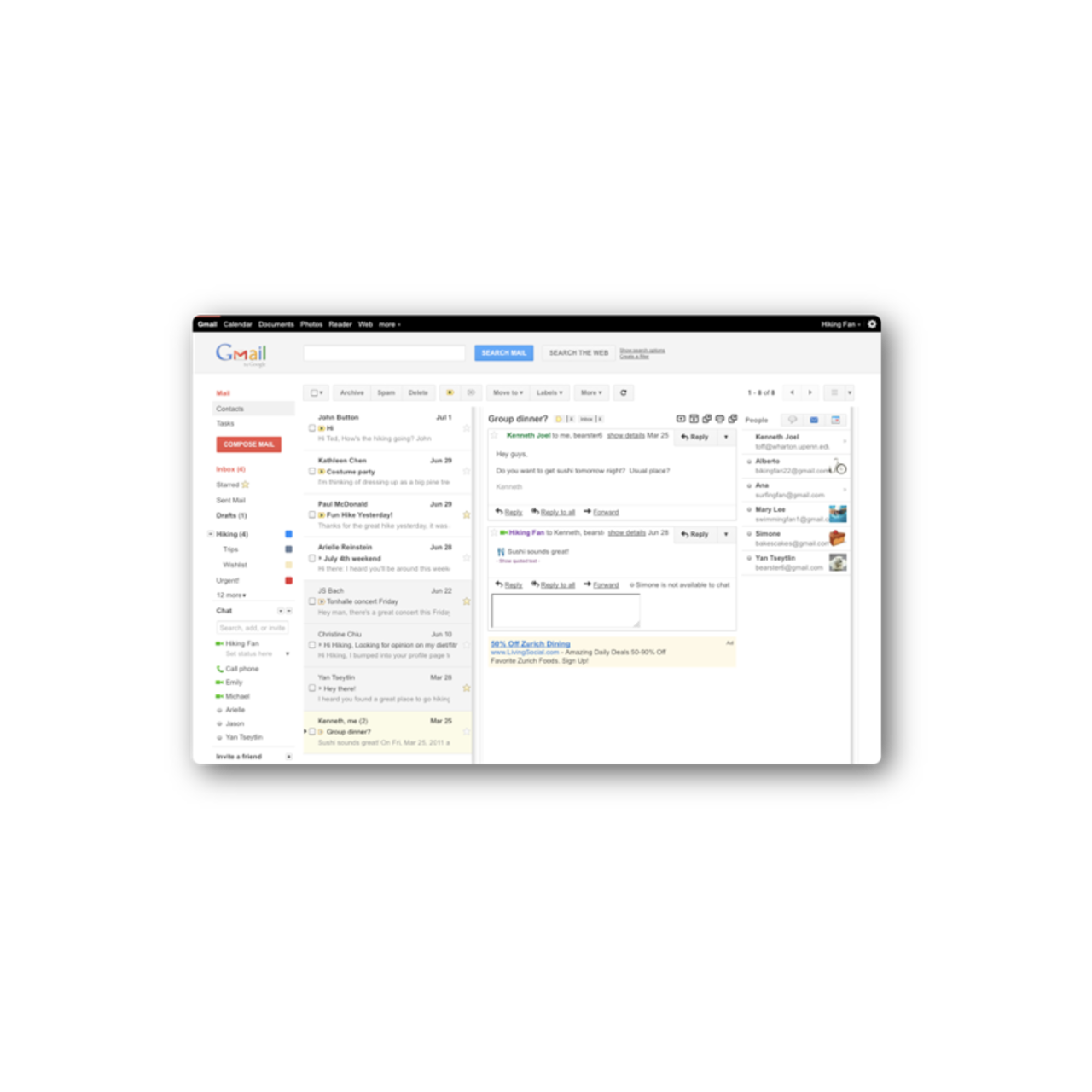

The prototype M-1 was originally powered by a Hispano-Suiza 8A, but production examples featured a variety of engines in the same general power range, with the Wright J-4B chosen for nine of the sixteen M-1s built, and the prototype later refitted with this engine. The follow-on M-2 was substantially the same as the M-1. It was a conventional gear parasol-wing monoplane with two open cockpits in tandem and fixed, tailskid undercarriage. The Ryan M-1 was a mail plane produced in the United States in the 1920s, the first original design built by Ryan. Great site.Well suited for Scale model airplane builders for documented specs.Īlso as an aero engineer I have a reference to a lot of airplanes rarely seen or heard about.Hawley Bowlus, W A Mankey, John Northrop A few were sold to private owners but the majority were scrapped. One M-4 was converted by NAT to take a 391kW Pratt & Whitney Hornet radial engine.Ī total of 57 Douglas mailplanes was built, but with the advent of the Ford and other three-engined types they were NAT M-3s were flown with new long-span wings from the spring of 1928 onwards for economic reasons these had been designed and constructed by the company's own engineering department. liquor from Cuba to Florida during Prohibition it became known as the 'Booze Ship'. Among them was a privately owned aircraft which had been confiscated by the US Treasury while illegally smuggling. NAT had bought other M-4s from a variety of sources and at one stage had as many as 24 Douglas mailplanes in operation. In their three years' service they performed admirably in all weathers and in the most difficult flying conditions. The Douglas mailplanes were introduced by NAT on 1 September 1927, and were phased out during 1930 in favour of three-engined Ford tri-motors. NAT at first used the Curtiss Carrier Pigeon and then, having acquired the important Chicago-New York route, bought at auction all 10 M-3s and eight M-4s from the Post Office when, during July 1926, that department relinquished all its routes to With the leasing of route CAM-3 (Chicago-Dallas) to National Air Transport (NAT) in October 1925, a need arose for more mailplanes.

A single M-4 bought by Western Air Express was designated M-4A by Douglas to differentiate it from the Post Office order. The Post Office was sufficiently impressed to arrange for 40 of the 50-plane M-3 order to be delivered in M-4 configuration. The main change in this new M-4 was an entirely new 'stretched' wing which spanned 1.47m more than the 12.09m of the earlier types, and lacked the cut-out in the trailing edge of the upper 'Dutch' Kindelberger, then redesigned the M-3 with the aim of doubling its payload. Western's machines had a red and silver paint scheme. The M-3s differed only in detail from the M-2s, sporting an overall aluminium finish with US Air Mail emblazoned in black on the fuselage sides and on the undersurfaces of the lower wing. Provision was also made for quick conversion of the freight section to permit carriage of a passenger in place of mail.Ī month before Western Air Express inaugurated its Los Angeles-Salt Lake City service in April 1926, the US Post Office ordered 50 of the M-3 version for its major routes. Designated M-2, they differed from the M-1 mainly by replacement of the original tunnel radiator with a frontal type. With the introduction of Contract Air Mail (CAM) routes, however, the newly formed Western Air Express Company (later Western Airlines) ordered six Douglas mailplanes. The M-1 was adjudged successful, but no production order was received by Douglas. During tests, extended exhaust piping was installed to keep fumes away from the pilot. The M-1 was a straightforward conversion of the O-2, with the forward cockpit covered in sheet aluminium to form a reinforced mail compartment with access through two deck hatches, the pilot being located in what was formerly the rear (observer's) cockpit in the O-2. It had twice the payload of the DH-4, but made use of the same tried and tested Liberty engine, of which large numbers were in store and readily available.

The Douglas DAM-1 (Douglas Air Mail-One), quickly shortened to M-1, was test flown during the spring of 1925. A decision was thus made to order a conversion of the Douglas O-2 observation biplane, which had been ordered into quantity production for the US Army. The US Post Office Department had been responsible for US internal air mail routes from 1918 onwards, and by 1925 the various types of DH-4 biplane which had been primary equipment since inception of the service were worn out.


 0 kommentar(er)
0 kommentar(er)
